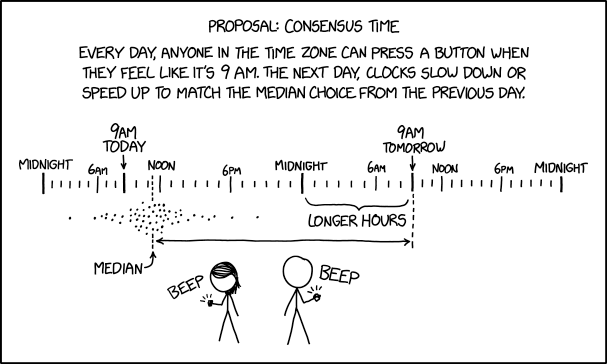DISCLAIMER: Though I have worked in some related areas like product launches, I have never done an analysis of brand value. What follows are a few thoughts about branding without any claim of special expertise or insight. If I've gotten something wrong here I would appreciate any notes or corrections.
Joseph's
post reminded me of this
article in the Wall Street Journal about the dispute between Donald Trump and Carl Icahn over the value of the Trump brand. Trump, not surprisingly, favors the high end:
In court Thursday, Mr. Trump boasted that his brand was recently valued by an outside appraiser at $3 billion.
In an interview Wednesday, Mr. Trump dismissed the idea that financial troubles had tarnished his casino brand. He also dismissed Mr. Icahn's claims that the Trump gaming brand was damaged, pointing to a recent filing in which Mr. Icahn made clear that he wants to assume the license to the brand. "Every building in Atlantic City is in trouble. OK? This isn't unique to Trump," he said. "Everybody wants the brand, including Carl. It's the hottest brand in the country."
While Icahn's estimate is a bit lower:
Mr. Icahn, however, believes his group also would have the right to use the Trump name under an existing licensing deal, but says the success of the casinos don't hinge on that. The main disadvantage to losing the name, he says, would be the $15 million to $20 million cost of changing the casinos' signs.
So we can probably put the value of the Trump brand somewhere in the following range:
-15,000,000 < TRUMP < 3,000,000,000
(the second inequality should be less than or equal to -- not sure how to do it on this text editor)
Neither party here is what you'd call trustworthy and both are clearly pulling the numbers they want out of appropriate places but they are able to make these claims with straight faces partly because of the nature of the problem.
Assigning a value to a brand can be a tricky thing. Let's reduce this to pretty much the simplest possible case and talk about the price differential between your product and a similar house brand. If you make Clorox, we're in pretty good shape. There may be some subtle difference in the quality between your product and, say, the Target store brand but it's probably safe to ignore it and ascribe the extra dollar consumers pay for your product to the effect.
But what about a product like Apple Computers? There's clearly a brand effect at work but in order to measure the price differential we have to decide what products to compare them to. If we simply look at specs the brand effect is huge but Apple users would be quick to argue that they were also paying for high quality, stylish design and friendly interfaces. People certainly pay more for Macs, Ipods, Iphones, and the rest, but how much of that extra money is for features and how much is for brand?
(full disclosure: I use a PC with a dual Vista/Ubuntu operating system. I do my programming [Python, Octave] and analysis [R] in Ubuntu and keep Vista for compatibility issues. I'm very happy with my system. If an Apple user would like equal time we'd be glad to oblige)
I suspect that more products are closer to the Apple end of this spectrum than the Clorox end but even with things like bleach, all we have is a snapshot of a single product. To useful we need to estimate the long term value of the brand. Is it a Zima (assuming Zima was briefly a valuable brand) or is it a Kellogg's Corn Flakes? And we would generally want a brand that could include multiple brands. How do we measure the impact of a brand on products we haven't launched yet? (This last point is particularly relevant for Apple.)
The short answer is you take smart people, give them some precedents and some guidelines then let them make lots of educated guesses and hope they aren't gaming the system to tell you what you want to hear.
It is an extraordinarily easy system to game even with guidelines. In the case of Trump's casinos we have three resorts, each with its own brand that interacts in an unknown and unknowable way with the Trump brand. If you removed Trump's name from these buildings, how would it affect the number of people who visit or the amount they spend?
If we were talking about Holiday Inn or even Harrah's, we could do a pretty good job estimating the effect of changing the name over the door. We would still have to make some assumptions but we would have data to back them up. With Trump, all we would have is assumption-based assumptions. If you take these assumptions about the economy, trends in gambling and luxury spending, the role of Trump's brand and where it's headed, and you give each one of them a small, reasonable, completely defensible nudge in the right direction, it is easy to change your estimates by one or two orders of magnitude.
We also have an unusual, possibly even unique, range of data problem. Many companies have tried to build a brand on a public persona, sometimes quite successfully. Normally a sharp business analyst would be in a good position to estimate the value of one of these brands and answer questions like "if Wayne Gretsky were to remove his name from this winter resort, what impact would it have?"
The trouble with Trump is that almost no one likes him, at least according to his Q score. Most persona-based brands are built upon people who were at some point well-liked and Q score is one of the standard metrics analysts use when looking at those brands. Until we get some start-ups involving John Edwards and Tiger Woods, Mr. Trump may well be outside of the range of our data.

